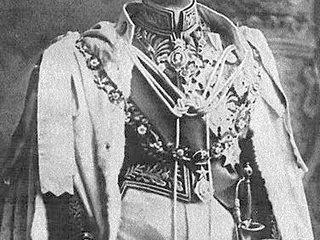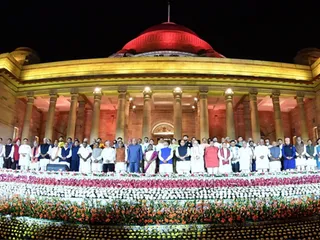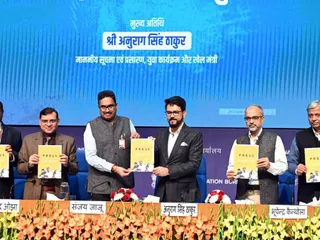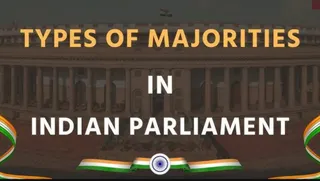The Indus Valley Civilization (IVC), also known as the Harappan Civilization, flourished in the northwestern region of the Indian subcontinent from approximately 3300 to 1300 BCE. Its sophisticated urban planning, advanced technologies, and unique cultural expressions continue to captivate archaeologists and historians. Numerous sites across a vast geographical area provide crucial evidence of this remarkable Bronze Age society.
Key Sites and Discoveries:
Mohenjo-daro (Pakistan):
One of the largest IVC sites, Mohenjo-daro, meaning "Mound of the Dead," reveals a meticulously planned city with grid-like streets, sophisticated drainage systems, and large public structures. Archaeological finds include the Great Bath, a large, possibly ritualistic, pool, and numerous residential buildings showcasing advanced brick-making techniques. The discovery of standardized weights and measures suggests a sophisticated trade network.
Harappa (Pakistan):
Another major urban center, Harappa, exhibits similar urban planning features to Mohenjo-daro, including grid-like streets and sophisticated drainage. The site has yielded numerous artifacts, including seals with unique pictographic script (still undeciphered), pottery, and tools, providing valuable insights into their daily life and craftmanship.
Rakhigarhi (India):
Located in Haryana, India, Rakhigarhi is considered one of the largest IVC settlements. Recent excavations have unearthed evidence of large-scale urban development, including significant residential areas and burial grounds. Its size suggests it played a prominent role in the regional network of the IVC.
Dholavira (India):
Situated in Gujarat, India, Dholavira is renowned for its unique water management systems, reflecting the civilization's adaptation to arid environments. Its impressive city walls and sophisticated water reservoirs highlight its advanced engineering capabilities. The discovery of a large stadium-like structure also suggests organized public gatherings.
Kalibangan (India):
Located in Rajasthan, India, Kalibangan provides evidence of agricultural practices, including cultivated fields and evidence of plough marks. The site also features unique fire altars, suggesting ritualistic practices. Findings here help in understanding the agricultural aspects of the IVC.
The Indus Valley Civilization's sophisticated urban planning, advanced technologies, and standardized weights and measures reflect a highly organized and interconnected society. Ongoing research continues to unveil new insights into this fascinating culture, unraveling the mysteries of its rise, decline, and lasting legacy.



























-(20)jpeg-1745030278713.jpeg.webp)














